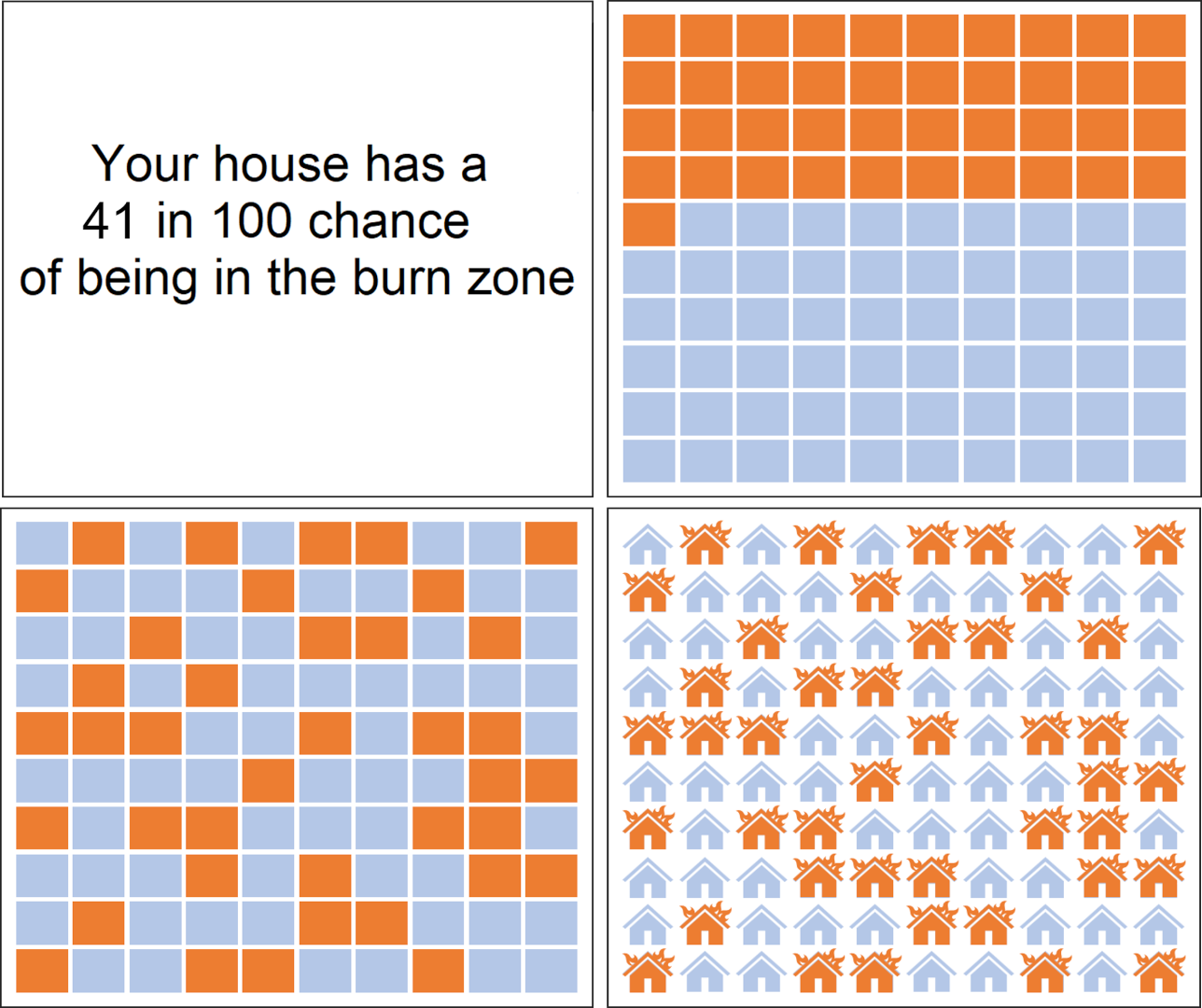Numerical and Visual Representations of Uncertainty Lead to Different Patterns of Decision Making
Laura E. Matzen -
Breannan C. Howell -
Michael C. S. Trumbo -
Kristin M. Divis -
Screen-reader Accessible PDF
Access paper PDF
DOI: 10.1109/MCG.2023.3299875
Room: Bayshore III
2024-10-17T16:36:00ZGMT-0600Change your timezone on the schedule page
2024-10-17T16:36:00Z

Fast forward
Full Video
Keywords
Visualization, Uncertainty, Decision Making, Costs, Task Analysis, Laboratories, Information Analysis, Decision Making, Visual Representation, Numerical Representation, Decision Patterns, Deterministic, Risk Perception, Specific Information, Fundamental Frequency, Point Values, Representation Of Information, Risk Information, Visual Conditions, Numerous Conditions, Human Decision, Numerical Information, Impact Of Different Types, Uncertain Information, Type Of Visualization, Differences In Risk Perception, Representation Of Uncertainty, Increase In Participation, Participants In Experiment, Individual Difference Measures, Sandia National Laboratories, Risk Propensity, Bonus Payments, Average Response Time, Difference In Probability, Response Time
Abstract
Although visualizations are a useful tool for helping people to understand information, they can also have unintended effects on human cognition. This is especially true for uncertain information, which is difficult for people to understand. Prior work has found that different methods of visualizing uncertain information can produce different patterns of decision making from users. However, uncertainty can also be represented via text or numerical information, and few studies have systematically compared these types of representations to visualizations of uncertainty. We present two experiments that compared visual representations of risk (icon arrays) to numerical representations (natural frequencies) in a wildfire evacuation task. Like prior studies, we found that different types of visual cues led to different patterns of decision making. In addition, our comparison of visual and numerical representations of risk found that people were more likely to evacuate when they saw visualizations than when they saw numerical representations. These experiments reinforce the idea that design choices are not neutral: seemingly minor differences in how information is represented can have important impacts on human risk perception and decision making.